Granite countertops are a popular choice for homeowners due to their durability, aesthetic appeal, and the luxurious feel they bring to a kitchen or bathroom. However, many people assume that granite is always expensive and beyond their budget. While high-end granite can be costly, there are ways to obtain affordable granite countertops without compromising on quality. Knowing how to find affordable options and what factors to consider can help transform your space while staying within your budget.
One key factor in determining the price of granite countertops is the type of granite you choose. Granite is sourced from various locations around the world, and its rarity, along with the quarrying and shipping costs, can significantly impact its price. Common varieties of granite, which are more abundant, are often more affordable than rare, exotic types. If you’re looking for affordable granite, it’s best to opt for more common varieties like Ubatuba, Santa Cecilia, or New Venetian Gold. These granites are not only beautiful but also widely available, which helps keep costs down.
Another way to save on granite countertops is by choosing thinner slabs. Standard granite slabs are typically 3 cm thick, but you can opt for 2 cm thick slabs if you’re looking to reduce costs. While thinner slabs might not be as robust as thicker ones, they are still durable and can hold up well under normal kitchen or bathroom conditions. If structural support is a concern, you can add plywood or other reinforcements underneath the slab to ensure it remains sturdy.
The size and shape of the countertops also play a role in determining the overall cost. Larger kitchens or bathrooms will naturally require more material, which increases the price. However, you can lower your expenses by minimizing the number of seams, cuts, and complex shapes in your design. The more intricate your layout, the more labor-intensive it becomes, which increases the cost. Keeping the design simple can make a significant difference in your final bill.

Additionally, sourcing granite remnants is an excellent way to reduce costs. Remnants are leftover pieces from previous projects, often sold at a discount. These smaller slabs are ideal for vanities, islands, or smaller countertops, as they are usually not large enough to cover an entire kitchen. You can visit granite suppliers and ask about remnants available for sale. Using remnants doesn’t mean you’re sacrificing quality; you’re simply utilizing smaller pieces that would otherwise go to waste.
When budgeting for granite countertops, it’s also important to consider the installation costs. Professional installation can be expensive, especially if your countertops require custom cuts or precise fitting. While some homeowners may attempt to install granite countertops themselves to save money, it’s generally recommended to hire professionals. Granite is heavy and difficult to work with, and improper installation can lead to costly repairs down the line. However, you can still save by shopping around and comparing installation quotes from different contractors.
The edge profile of your countertops is another cost consideration. Fancy or custom edges such as ogee, waterfall, or beveled edges tend to be more expensive because they require more labor and skill to create. Opting for a simple, straight, or eased edge can help keep your costs lower. It’s a subtle detail, but it can make a difference in the overall budget.
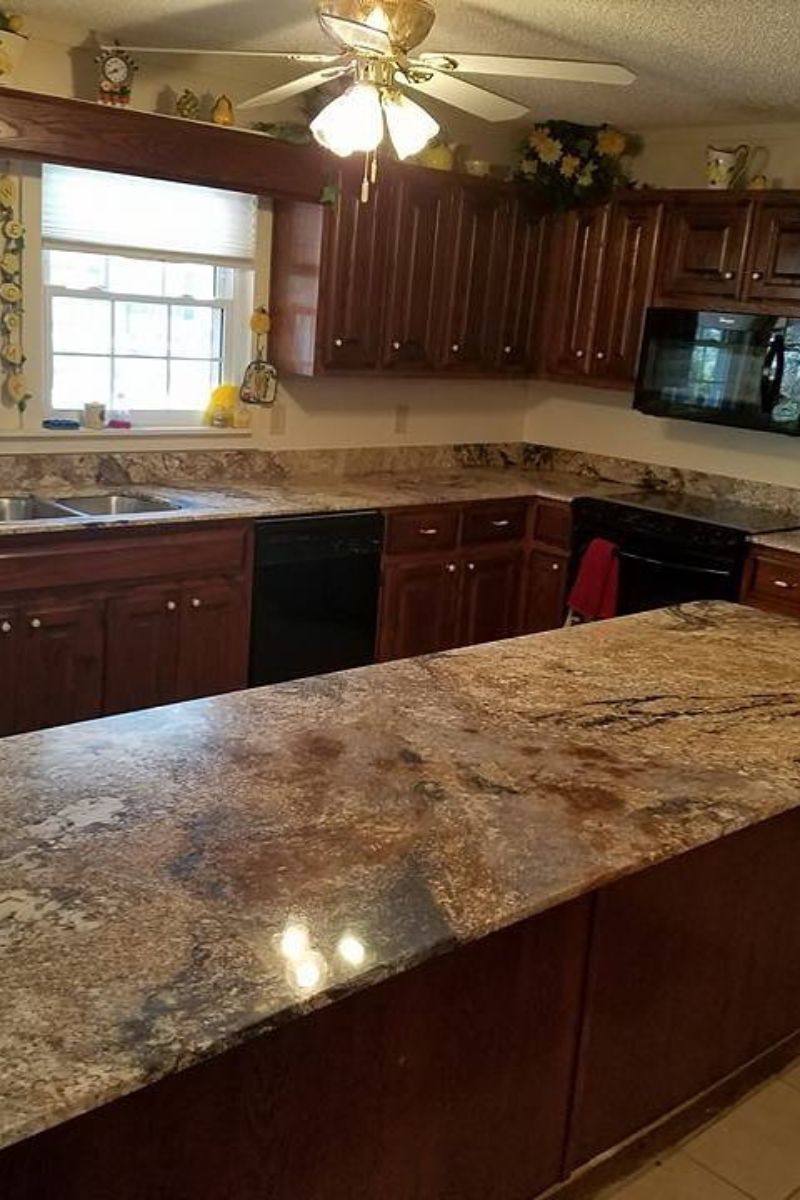
Another affordable option is opting for modular granite, which is available in pre-cut sections or tiles. Modular granite is typically less expensive than full slabs and can be easier to install. It’s a good middle ground between granite tiles, which are the cheapest option, and full slabs, which offer a seamless look but come at a higher price point. Modular granite still gives the appearance of a slab but at a fraction of the cost.
Granite tiles are another option for homeowners on a strict budget. While tiles create more seams than a full slab, they are far less expensive and can still provide the natural beauty of granite. Installing granite tiles can also be a DIY project, which can help reduce installation costs further. However, for those concerned about the appearance of seams, tiles may not be the best choice for kitchen countertops but can work well for smaller surfaces like bathroom vanities or backsplashes.
The finish of your granite countertops can also influence their affordability. Polished granite, which has a shiny surface, is the most common and often the least expensive finish. Honed granite, which has a matte finish, or leathered granite, which has a textured surface, tend to be more expensive because they require additional processing. If budget is a primary concern, choosing polished granite is the most cost-effective option while still offering a classic, sleek look.
Purchasing granite directly from the supplier can also help reduce costs, as middlemen often mark up prices. Many granite wholesalers offer a wide selection of slabs at discounted prices, especially if you’re able to transport and arrange installation yourself. Visiting a granite yard and selecting your slab in person can also allow you to choose from a variety of colors and patterns that fit your price range.
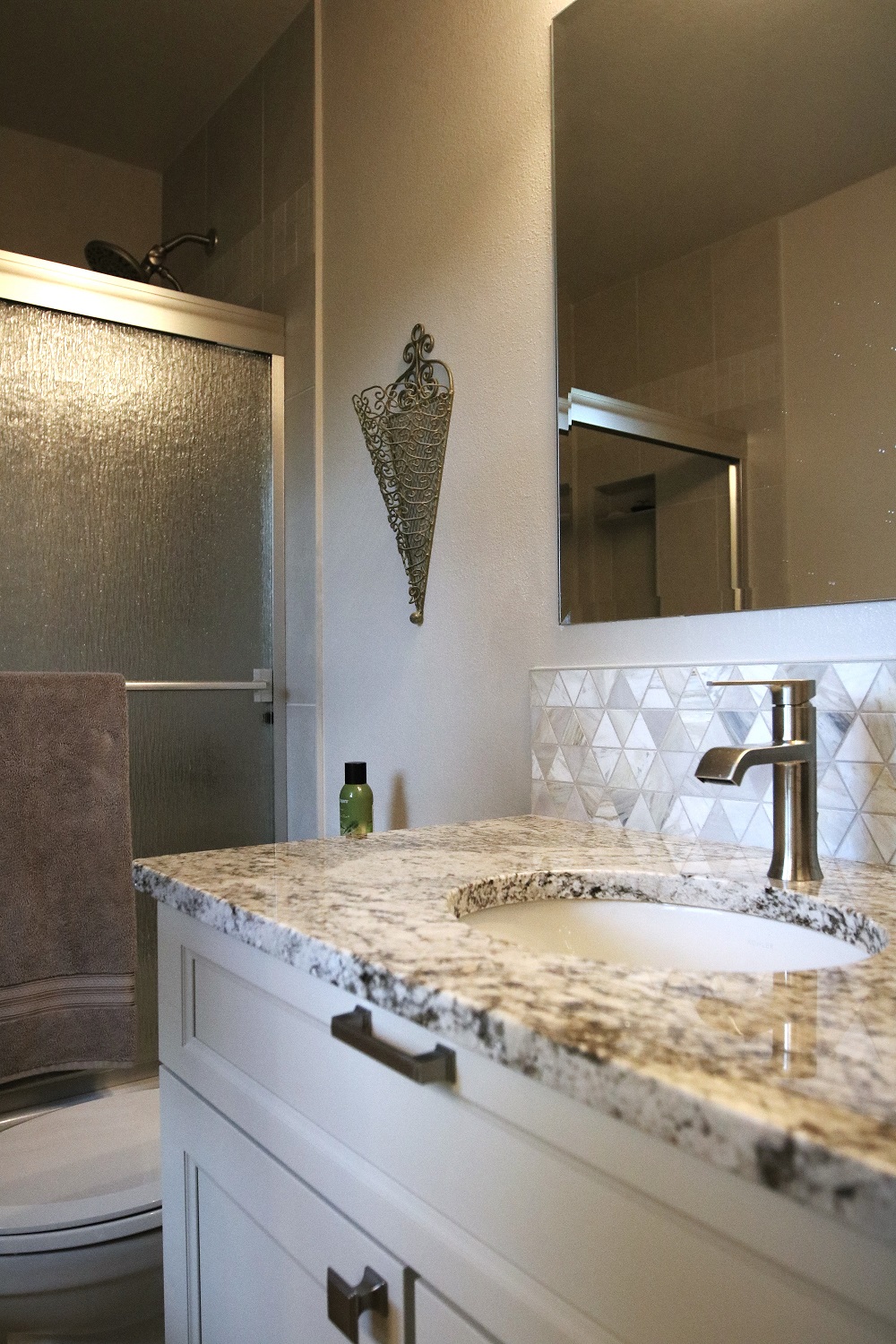
Timing can be another factor in finding affordable granite countertops. Off-season purchases, such as during the winter months when demand is lower, can lead to discounted prices. Additionally, suppliers may offer sales, promotions, or clearance deals on slabs that they want to move out of inventory, which can help reduce the cost. Keeping an eye out for these opportunities can allow you to get high-quality granite at a lower price.
Another consideration when choosing affordable granite countertops is to avoid over-customization. Features such as built-in sinks, intricate designs, or fancy backsplashes can quickly add to the overall cost. While these add-ons may enhance the look of your countertops, they are not necessary if your primary goal is to save money. Sticking with simple designs and minimal extras will help you stay within budget.
It’s also important to consider the long-term value of granite countertops when looking for affordable options. While you may pay more upfront compared to other materials, granite is extremely durable and can last a lifetime with proper care. It’s resistant to scratches, heat, and stains, making it a cost-effective choice in the long run. Additionally, granite countertops can increase the resale value of your home, making them a wise investment for the future.
While price is an important factor, don’t forget to consider the quality of the granite. Lower-quality granite may be more affordable, but it can also have more imperfections, such as pits, fissures, or discoloration. It’s essential to inspect the slab closely before purchasing to ensure that you’re getting a good-quality product at a reasonable price. Cheap granite that is prone to damage or requires frequent repairs can end up being more expensive in the long run.

Common Mistakes to Avoid
Choosing based on price alone: While it’s important to stick to your budget, selecting granite solely based on the lowest price can lead to purchasing poor-quality materials. Cheap granite may have more imperfections, inconsistent patterns, or structural weaknesses, which can cause issues down the line. Always prioritize quality when selecting your granite.
Ignoring hidden costs: Many homeowners focus solely on the cost of the slab and forget about installation, transportation, edge treatments, and sealing. These additional costs can quickly add up, so it’s essential to get a full estimate before committing to a purchase.
Overlooking maintenance needs: Granite countertops are durable, but they do require sealing to prevent staining and moisture damage. Some homeowners skip this crucial step to save money, but failing to seal your granite can lead to costly repairs.
Not considering the resale value: While exotic granite can be beautiful, opting for an unusual or highly specific color might limit the appeal of your home to future buyers. Choosing more neutral or widely liked patterns can help maintain the resale value of your property.
Improper installation attempts: DIY installation might seem like a cost-saving option, but granite is heavy and difficult to work with. A poorly installed countertop can crack or cause damage, leading to expensive repairs or even replacement.
Mismatching your kitchen design: Granite countertops should complement your kitchen’s overall aesthetic. Choosing a granite color that clashes with your cabinetry, flooring, or appliances can lead to a disjointed look, which might require further remodeling to fix.
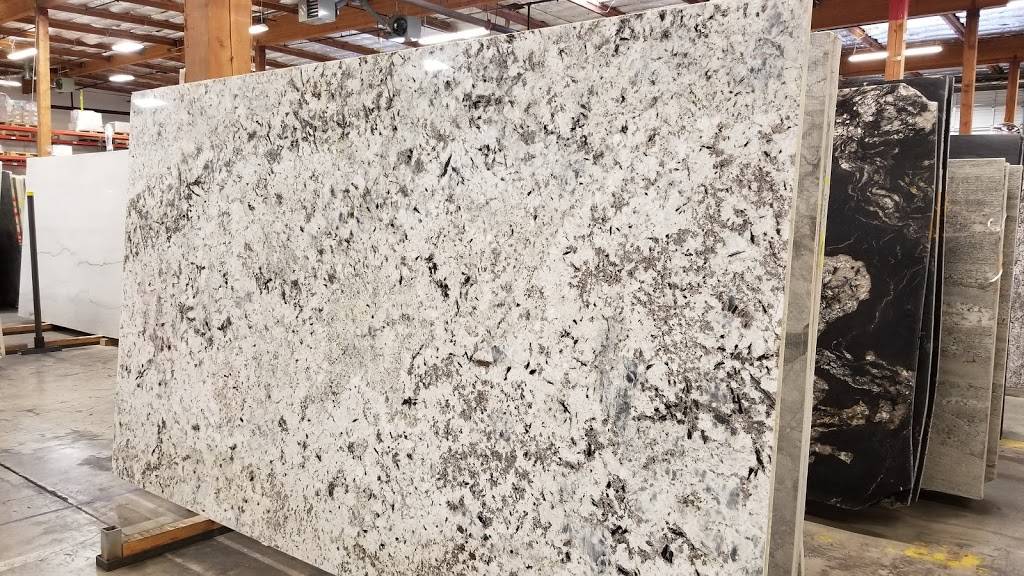
How can I find affordable granite countertops?
Finding affordable granite countertops involves selecting more common granite types, such as Ubatuba or Santa Cecilia, which are widely available and less expensive than rare or exotic varieties. Opting for thinner slabs, seeking out remnants from suppliers, or purchasing directly from wholesalers can also help reduce costs. Additionally, keeping the countertop design simple and avoiding custom edges or features will help you stay within budget.
Are granite remnants a good option?
Yes, granite remnants are an excellent choice for smaller countertops, vanities, or kitchen islands. These are leftover pieces from previous projects, and suppliers often sell them at a discounted price. Since remnants are from the same high-quality slabs as larger pieces, you’re not compromising on material quality, but simply using smaller, more affordable pieces.
What is the difference between 2 cm and 3 cm granite slabs?
The thickness of granite slabs impacts both the price and the overall look of the countertop. A 3 cm slab is more durable and robust but comes at a higher price point due to the additional material. A 2 cm slab is thinner, less expensive, and can still be a strong option if reinforced with plywood or support. Many people opt for 2 cm slabs in smaller kitchens or bathrooms to reduce costs without sacrificing durability.
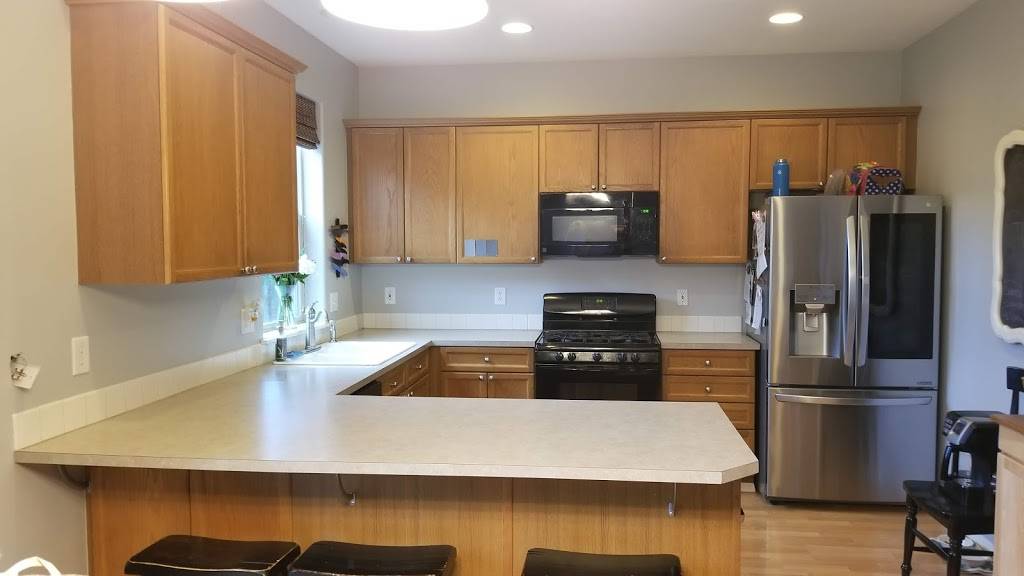
How much should I budget for installation costs?
Installation costs vary depending on the complexity of your kitchen layout and the size of the countertops. For a straightforward installation, the cost typically ranges between $35 to $85 per square foot. Complex cuts, seams, or edge profiles can increase labor costs. It’s essential to get multiple quotes from installers and factor this into your overall budget when planning for granite countertops.
Can I install granite countertops myself?
Installing granite countertops as a DIY project is generally not recommended due to the weight and precision required. Granite slabs are heavy, difficult to maneuver, and prone to cracking if not handled properly. Professional installation ensures that the countertops are cut and installed correctly to avoid future problems. However, if you’re working with granite tiles or modular granite, some DIY enthusiasts may be able to complete the installation with the right tools and preparation.
Do granite countertops need maintenance?
Yes, granite countertops do require some maintenance. Although granite is durable, it is porous and should be sealed to prevent stains or moisture damage. Most granite countertops need to be sealed once a year, although this can vary depending on the type of granite and how heavily the countertops are used. Regular cleaning with mild soap and water is sufficient for daily maintenance, and it’s important to avoid harsh chemicals or abrasive cleaners that could damage the surface.
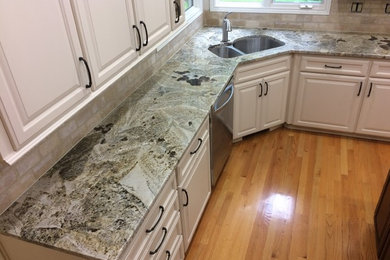
Related articles: